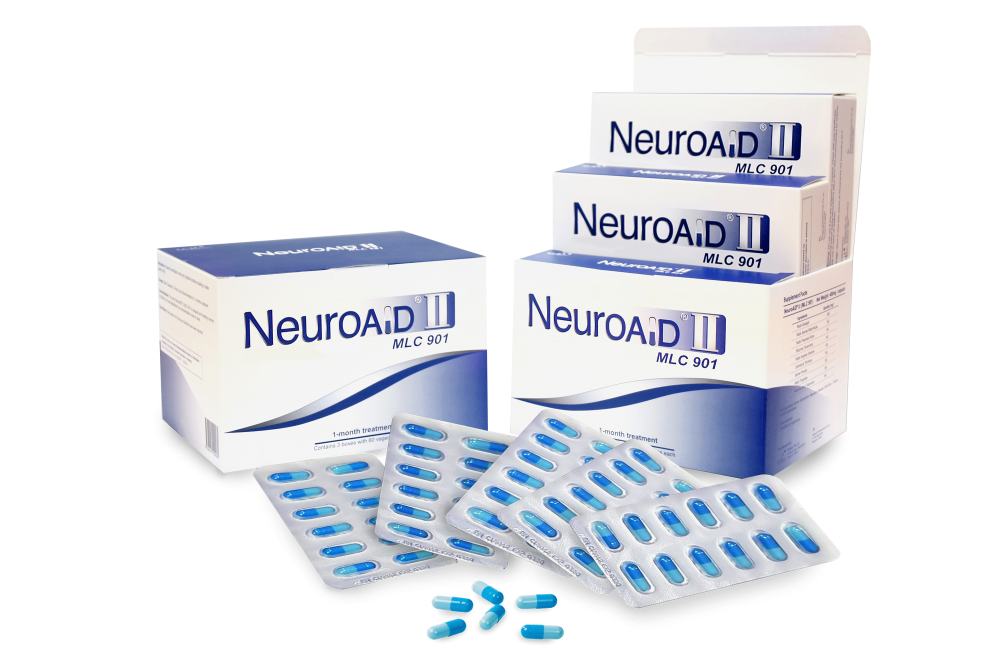Stroke is an epidemic that is not usually given the press that heart disease and cancer usually get. Yet strokes kill millions of people every year worldwide. The American Heart Association does have a stroke prevention site, because stroke and heart disease are often found together. However, the push for the public to understand stroke symptoms and to get help immediately isn’t as publicized as the need for CPR and defibrillators. Some work places now have informational posters warning about the signs of a stroke, but stroke prevention and recognition is poorly understood.
Symptoms are not the only issues that leave the public in the dark. How to prevent strokes is also not very well known. Everyone seems to know that they need to “take care of themselves” and “lead a healthy lifestyle,” but what do these concepts really mean in terms of stroke prevention? While it is true that the preventative measures between heart disease and stroke are similar, they are not exactly the same. In addition, it doesn’t hurt to follow the regulations for both conditions because they are very often seen together. If you want to lower your risk of stroke, you may want to take a look at the following areas of your life.
You should have a physical at least once per year, especially if you are over 50. Many risk factors for stroke can be caught early at these appointments, and it is a great way to keep up with your health. One of the first things that a doctor will check is your blood pressure. You can have high blood pressure and not even know it. In fact, you can have life threatening high blood pressure and not know it. For this reason, screening for blood pressure issues is the number one reason to have a physical.
Another problem that can crop up during a physical is diabetes. If your blood sugar is out of control, you run a much higher risk of having a stroke. Again, some people have elevated blood sugars and don’t know it. However, hunger, thirst, and urination in excess are some of the signs that diabetes is present. If you have already been diagnosed with diabetes, it is important to keep up with your medications and check your blood sugar often. When this runs out of control, many problems, such as blindness, heart attack, and limb amputation, can occur. It is also one of the leading causes of stroke and should be strictly controlled.





